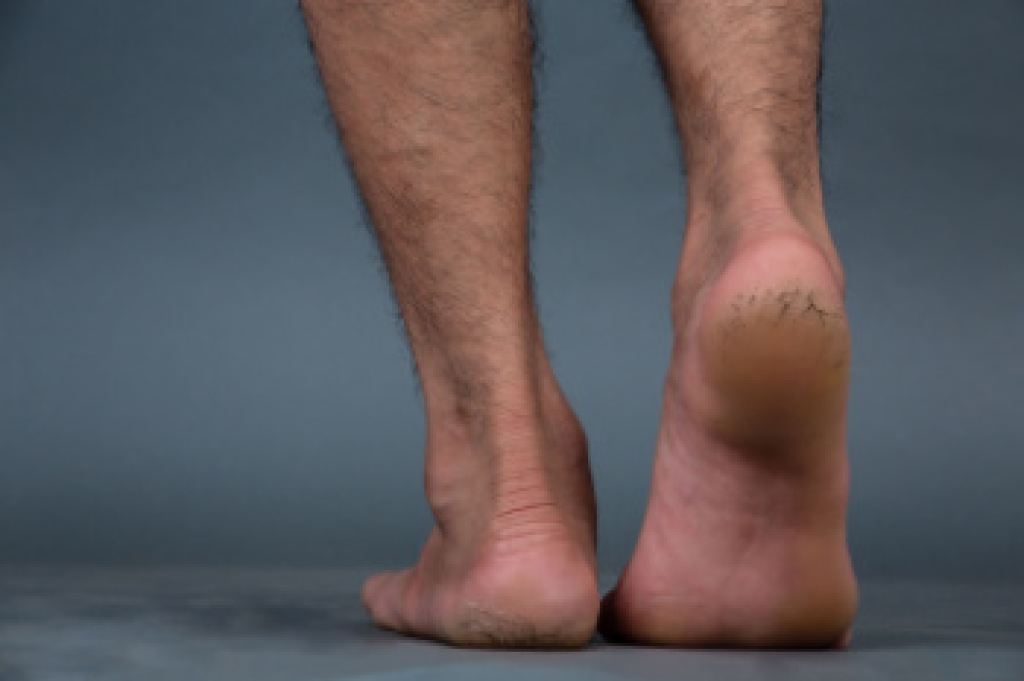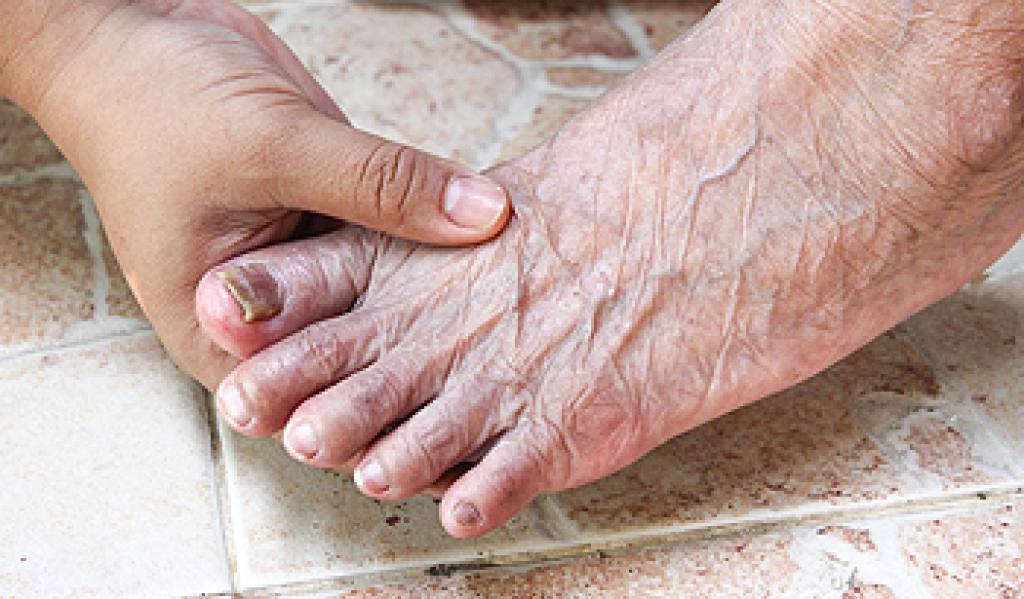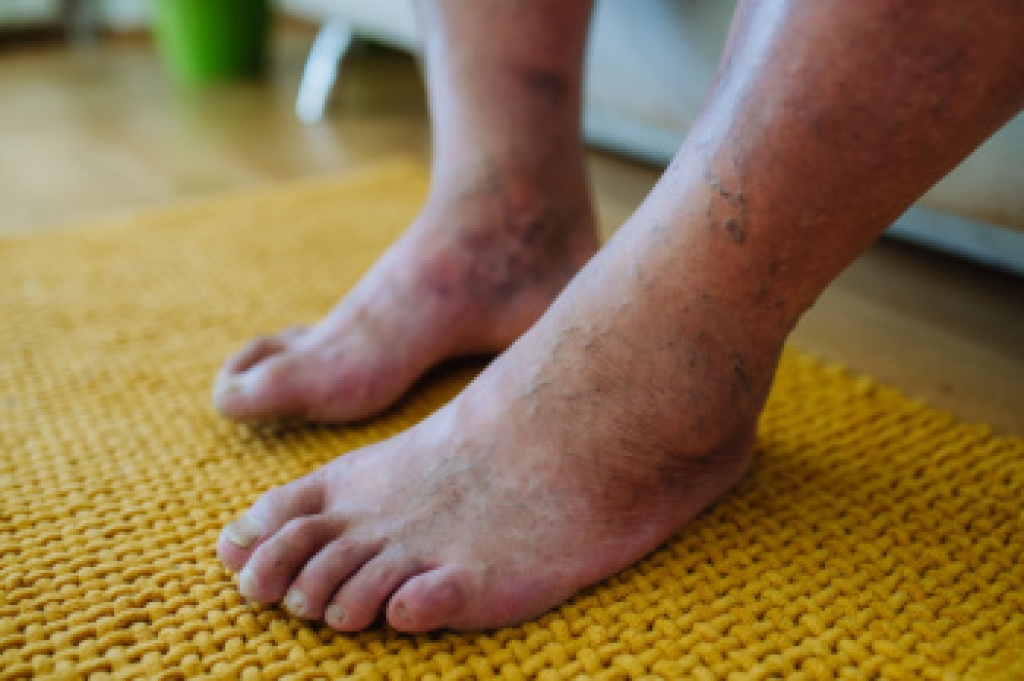
A loose toenail often develops gradually, but may also occur suddenly due to trauma. The toenail is attached to the nail bed beneath it, and when this connection weakens, the nail may partially or completely detach. Trauma, such as dropping a heavy object on the toe or repeated pressure from ill-fitting footwear, can cause a toenail to loosen. A fungal infection may also lead to separation of the toenail from the nail bed, often accompanied by thickening, discoloration, and debris under the nail. Other causes of loose toenails include psoriasis, allergic reactions to nail products, hyperthyroidism, or side effects from certain medication. It is important to avoid pulling a loose toenail off, as this can lead to infection or improper regrowth. A podiatrist can assess the cause, trim away damaged portions, provide treatment for infections, and, if necessary, remove the nail to allow for healthy regrowth. If you have problems with loose toenails, it is suggested that you schedule an appointment with a podiatrist for an exam and treatment options.
Toe pain can disrupt your daily activities. If you have any concerns, contact one of our podiatrists of Lexington Foot and Ankle Center, PSC. Our doctors can provide the care you need to keep you pain-free and on your feet.
What Causes Toe Pain?
Most severe toe pain is caused due to a sports injury, trauma from dropping something heavy on the toe, or bumping into something rigid. Other problems can develop over time for various reasons.
Toe pain can be caused by one or more ailments. The most common include:
- Trauma
- Sports injury
- Wearing shoes that are too tight
- Arthritis
- Gout
- Corns and calluses
- Hammertoe
- Bunions
- Blisters
- Ingrown toenails
- Sprains
- Fractures (broken bones)
- Dislocations
When to See a Podiatrist
- Severe pain
- Persistent pain that lasts more than a week
- Signs of infection
- Continued swelling
- Pain that prevents walking
Diagnosis
In many cases the cause of toe pain is obvious, but in others, a podiatrist may want to use more advanced methods to determine the problem. These can range from simple visual inspections and sensation tests to X-rays and MRI scans. Prior medical history, family medical history, and any recent physical traumatic events will all be taken into consideration for a proper diagnosis.
Treatment
Treatments for toe pain and injuries vary and may include shoe inserts, padding, taping, medicines, injections, and in some cases, surgery. If you believe that you have broken a toe, please see a podiatrist as soon as possible.
If you have any questions please contact our offices located in Harrodsburg, Frankfort, Georgetown, and Lexington, KY . We offer the newest diagnostic and treatment technologies for all your foot and ankle needs.



